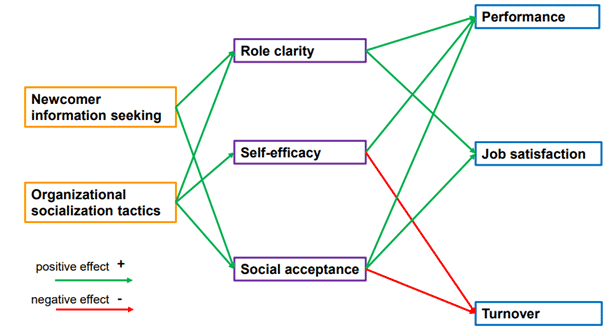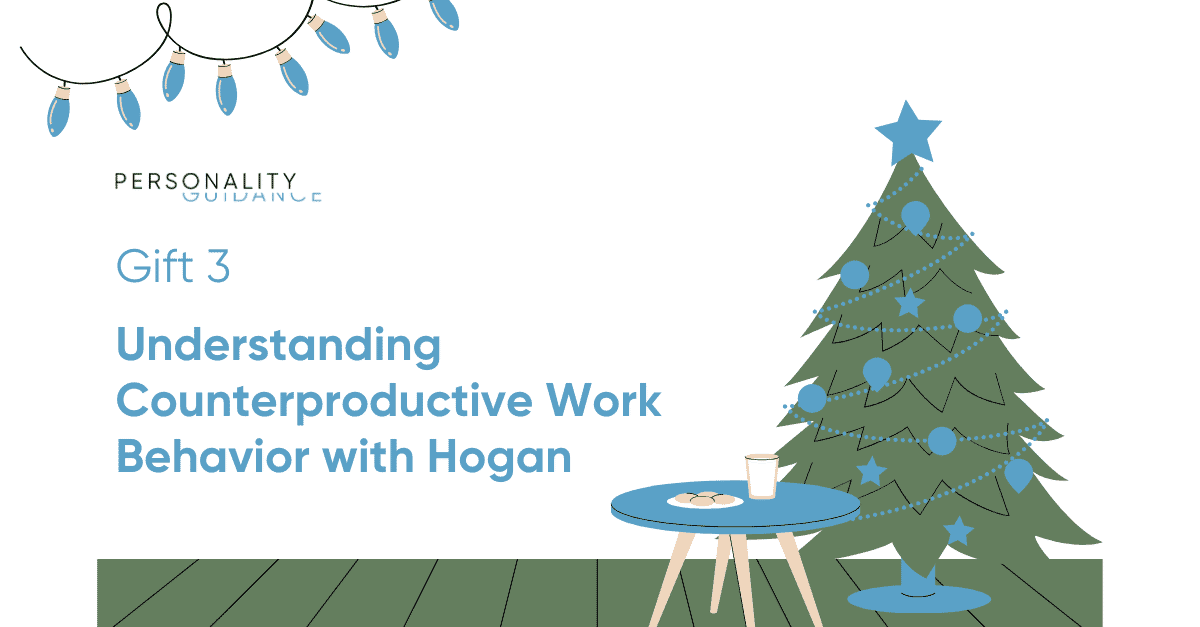Our Onboarding Support, Backed by Science
Let’s make your onboarding experience great—together.
Date: 16. July 2025
Categories: selection, Performance, PGLecture

Think back to your first days or weeks at a new job or internship. What do you remember? How did you feel?
That experience is what we call onboarding—the process that helps new employees move from being outsiders to becoming fully integrated members of the organization. It’s about learning the knowledge, skills, and behaviors needed to succeed, and it usually spans the first 12 months on the job.
Why is onboarding such a hot topic right now?
Because it matters. According to Swiss Federal Statistics (OFS), 19.2% of employees left their jobs between 2018 and 2019. Hiring and onboarding new talent is expensive—not just for companies, but for the people too. When done right, onboarding leads to happier employees and better performance.
How can we support you in optimizing your onboarding process?
Let’s break it down with our simple model of organizational socialization.
Step 1: Personality
At Personality Guidance, research is at the heart of what we do. That’s why we use Hogan Assessments as part of our onboarding consulting. Personality really matters when it comes to helping new hires fit in and thrive.
Think about it: when a new person joins a team, it changes the whole system—what we call systemic psychology. A team is like a living system; when someone new comes in or someone leaves, the dynamics shift. Understanding these new interactions is crucial for smooth onboarding.
Here’s how we do it: both the new employee and their manager complete the Hogan Assessment. Then, we hold a three-way conversation involving the new hire, their manager, and one of our consultant. This helps everyone understand how to work best together in the new role, because context matters.
Our best clients understand that fostering strategic self-awareness—not just individually but as a team—during onboarding lays the foundation for lasting success and strong team dynamics.
Step 2: Organizational Socialization Tactics
Research shows which organizational factors help newcomers settle in smoothly. Based on these scientific insights, we’re here to guide you through understanding the key interactions and tactics that make onboarding successful.
A landmark meta-analysis by Bauer et al. (2007) involving over 12,000 participants identified three key socialization tactics:
Content Tactics
Example: Providing a clear training plan with set milestones and check-ins. This helps newcomers know what to expect and when.
Context Tactics
Example: Socializing new hires in groups or holding orientation sessions outside the usual work environment to foster bonding and reduce pressure.
Social Tactics
Example: Assigning a mentor or buddy to guide the newcomer and offering regular feedback.
When these tactics are in place, newcomers experience:
Role Clarity — They understand their job tasks, priorities, and how to allocate their time.
Example: A new sales rep knows exactly which accounts to focus on first and how to manage their schedule.
Self-Efficacy — They gain confidence by mastering job tasks.
Example: An intern quickly learns the software tools and feels confident contributing to projects.
Social Acceptance — They feel welcomed and valued by their peers.
Example: Team lunches or coffee breaks that help new employees build friendships.
Step 3: The Outcome
What happens next? Performance goes up, job satisfaction improves, and turnover drops.
Bottom line
Yes, the first day—and the first few months—are crucial. Onboarding plays a key role in your company’s success, and we’re here to help you achieve your business goals.
At Personality Guidance, our onboarding consulting combines personality insights with science-backed strategies to help your new hires settle in and thrive.
Let’s make your onboarding experience great—together.
Your Personal Guides
Reference:
Bauer, T. N., Bodner, T., Erdogan, B., Truxillo, D. M., & Tucker, J. S. (2007). Newcomer adjustment during organizational socialization: A meta-analytic review of antecedents, outcomes, and methods. Journal of Applied Psychology, 92(3), 707–721. https://doi.org/10.1037/0021-9010.92.3.707




